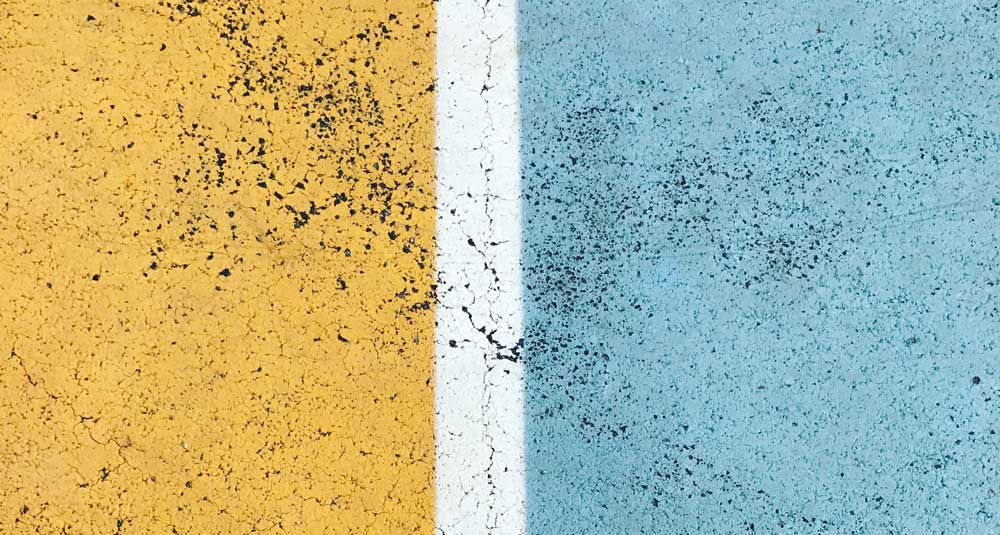Integral Colouring vs. Colour Hardener

Integral Colouring versus. Colour Hardener
Integral Colouring vs. Colour Hardener. Ready to put down concrete but don’t know which way to go? Don’t fret! We outline all the pros and cons of each technique so you can decide the best way to go for your project.
Integral colouring is the process of pre-mixing integral pigments into the concrete so that the entire concrete mixture is the desired colour. Colour hardening is the process of applying a mixture of sand, cement, pigment. Also slab conditioning agents about 1/8 inch thick are added on top of recently poured plain grey concrete.
In the early stages of your project colour hardener will be the more variable, cost-effective way to go. Colour hardeners offer a greater variety of colours, vibrant hues, and the possibility of accent colours. One shade is used as a base while as many as 5 different accent shades can be used to achieve contrast.
This technique can also replicate subtle colour variations that are often seen in natural stone. Making the technique ideal for stamped concrete projects. If using lighter shades, more product should be used to achieve the desired shade.
Integral pigment colouring
Integral pigment colouring limits your colour options and runs the risk of not being a consistent colour. If the mixture is bought from a ready-mix company supplier that does not properly mix in the pigment. This process also costs more since the entire slab of concrete is being coloured. This requires white cement with higher dosages of pigment to acquire a vibrant or pastel shade.
Colour hardener mock-ups are the most cost-effective since they can be done in small panels and easily replicated for larger scales.
Integral colour mock-ups on the other hand usually need a minimum of 3 cubic metres to achieve consistent colour. This technique will make it more expensive at this stage. If desired, integral colouring can be used with colour hardeners or chemical stains to create layers of colour. Suppliers of both integral colour and colour hardeners can match existing colour tones or create custom tones and hues.
During the installation process, integral colour is easier to use since no application is required, and there’s no additional mess. Just pour the concrete and allow the mixture to dry. The finished product has the same surface strength as standard concrete. But since the colour is through the entire slab, the colour does not fade with abrasions or cracks.
The colour hardening option
The colour hardening option can be more difficult to apply. The material often goes airborne, thus requiring surrounding surfaces, buildings, and landscapes to be covered with plastic. This mixture is also hazardous to breathe in, requiring the applicator to use a safety mask. If the moisture in the mixture evaporates too quickly, it can lead to crusting and cracking and proves very difficult to wet out the colour hardener. An evaporation reducer can be used to slow the moisture. Overall, the finished product when done correctly is stronger, brighter, and more durable than integral colour, proving to be a good choice for exteriors and surfaces exposed to constant abrasions.
For expert advice
For expert advice on what products to use for your concrete colouring projects, contact us here give us a call on 0330 118 0952




